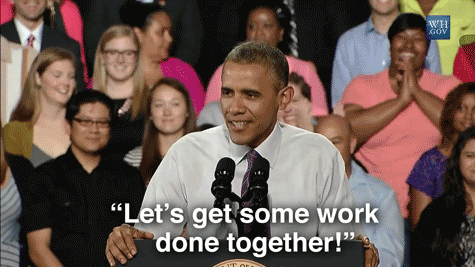
Are there too many public information officers (PIOs)? Share your perspective by signing up to write an article for ELGL. Nick Smith, City of Gaithersburg, Maryland, kicks off this new column.
It seems strange to me that, in a time when the Executive of the Federal Government is coming after journalists as though they were enemies, that a journalist & academic would endeavor to research something and portray it as though Public Information Officers were the antagonistic ones — and not just once, but several times, from several angles, over several years. (“From 2012 to 2017, for SPJ’s Sunshine Week contributions, she conducted seven surveys of reporters and PIOs, documenting the tensions in their relationships.”)
It seems equally strange that an article that references these studies would tout the Media Relations Handbook for Government’s advice — suggesting that all PIOs and only PIOs should do the talking for their agencies — as some sort of gospel proclaiming their persecution.
In the city where I work, we don’t have any policy, written or unspoken, on who gets to talk to the media (precisely because of voices like the one behind this paper), and in fact one of our guiding principles is open communication — but I certainly can’t fault any entity who would adopt one, can you? Especially in today’s media landscape.
This isn’t your parents’ information space. If you start a sentence wrong on live TV or social media, it can be on a billion screens before you even put a period to it. So as PIOs, we play an important role in that evolving ecosystem by speaking for a lot of people so they don’t have to; people who are good at a lot of things (chiefly, serving their communities) but not necessarily public speaking.
And it can be as ridiculous as Elon Musk tweeting about taking his company private for $420/share and smoking a blunt on Joe Rogan’s show or as innocuous as a beat cop’s slip of the tongue, but unplanned communications can have a disastrous effect on any organization, large or small.
I consider myself a friend and even a contemporary to the media, but I also understand that their aim isn’t to help coach the average camera-shy person in the midst of a moment that’s newsworthy enough to need to cover live.
I don’t consider myself a friend or even a fan of this sort of back-and-forth antagonism.
I understand the idea that reporters and police officers don’t always know why the other one is doing what they’re doing, and that they might not see eye-to-eye even when they do. That’s life. But if there is truly an outsized divide between how the average PIO and reporter operate, the article and studies as framed only seek to further it.
First off, the questions are framed antagonistically. Questions like “There are reporters or media outlets I will not allow officers to talk to because of problems with their stories in the past” not only presuppose that a PIO would normally do that, but also exist as a telltale example of “leading the witness.” On the other hand, asking reporters whether or not press releases always contain full and sufficient details is wildly subjective, and destined to produce a negative result.
Secondly, there is no controlling for agency size or scope on either side, which calls a lot of the study into question in my opinion – is access to the Chief different in New York City than it is in Freeman, South Dakota? I would hope so. This sort of reporting doesn’t. How many reporters did they interview from each city? Not to mention, they didn’t make any mention of studying counterparts either, so I’m not sure how they’re devising an apt judgment of these relationships. Aren’t there two sides to every story?
Speaking of apt judgments, I have no idea how they’re trying to devise a sample or a margin of error here. The paper focused on journalists’ perceptions is particularly off-putting — in essence, they purchased a list of 6,500 names of potential journalists, winnowed it down to around 1,600 (the number they used for their “sample size”) that they’d send the survey to, of which 720 opened the email, generating 144 complete surveys (their actual sample size).
I guess it’s a lot harder to sell the headline that “11 people are never allowed to interview their police chief and we didn’t bother to find out why.”
All told, are there ways that PIOs and reporters could make things easier on each other? Almost certainly. Are they departmental? Based on past perceptions? Owing to professional relationships?
The fact is, there is always going to be some strife between people who have things, and people who need things, especially when those things are intangible and directly affect people’s lives and livelihoods. Hopefully as this series progresses, some of my fantastic ELGL colleagues will have some answers, because I don’t. All I know is that we need to work together.
Both sides.
